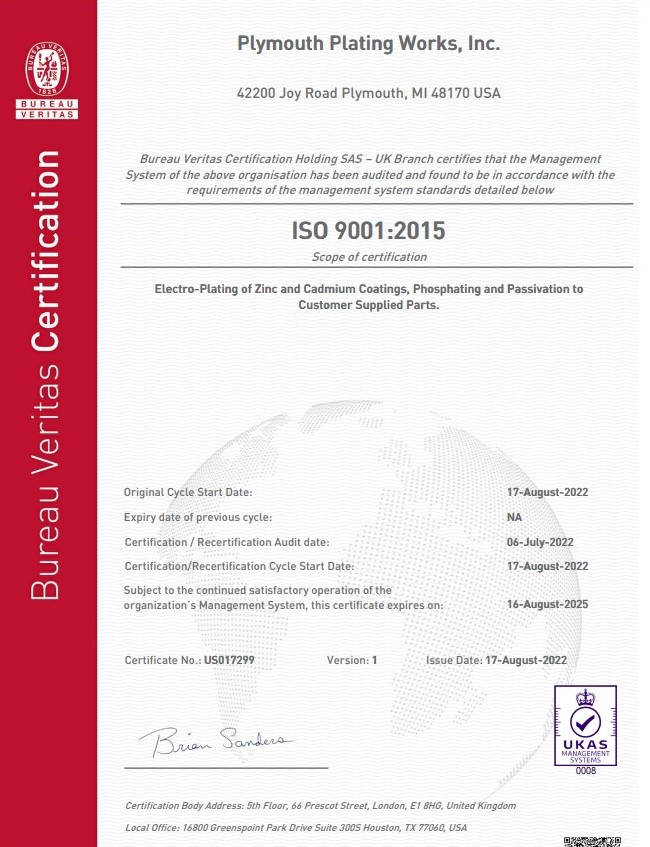Cadmium Market – Key Growth Factors and Industry Analysis 2017-2025
Cadmium can be defined as a soft, ductile, malleable, bluish-white metal. It has similar properties to that of zinc, but forms complex compounds with other metals. It is insoluble in water and not flammable in bulk; however, it burns and releases toxic fumes in the powdered form. It was discovered in 1987 in Germany. The country remained the only major producer till large deposits of these minerals were found in Asia Pacific. Cadmium is a minor component in zinc ores and is generally recovered as a byproduct from zinc concentrates. A small amount of cadmium is also recovered from spent nickel-cadmium batteries. The early uses of cadmium were restricted to corrosion resistant plating on steel. It is also used as yellow, orange, and red pigments to color glass and also to stabilize plastic. Biologically, cadmium has no known function in complex organisms, but its traces are found in marine animals in the form of anhydrase. Cadmium is employed in numerous applications; however, the production of rechargeable nickel-cadmium batteries is the most important until recent discoveries of its toxic and environmentally unfriendly nature made it less useful. Based on type, the market for cadmium can be divided into primary and secondary cadmium. Based on application, the market for cadmium can be segmented into pigment, stabilizer, alloy, batteries, coatings, and others.
The market for cadmium is anticipated to witness strong growth during the forecast period owing to its numerous applications. Solar cell manufacturing can offer substantial growth to the cadmium market in the near future. Cadmium telluride is used in the manufacture of thin-film photovoltaic cells, which can be used as potential replacement for silicon-based conventional solar cells. Their usage as alternative solar energy for commercial rooftop applications and large-scale, ground-mounted utility systems can offer lucrative opportunities for the cadmium market during the forecast period. In terms of application, the batteries segment held significant share of the market in 2016. However, the segment is anticipated to expand at a sluggish pace during the forecast period. According to a survey, more than 85% of batteries comprised cadmium in 2009. However, their usage decreased owing to the advent of efficient and less toxic alternatives. Implementation of stringent government regulations on the content of cadmium in electronics is restraining the batteries segment.
Make an Enquiry @ http://www.transparencymarketresearch.com/sample/sample.php?flag=B&rep_id=29834
The European Union set a limit on cadmium content to 0.002% with some exceptions in electronics use. Besides batteries, the coatings segment held promising share of the market in 2016. The coatings segment account for almost 6% of the total cadmium production globally in 2016. Cadmium is primarily used in coating of aircraft components to reduce the corrosion of several metal components. Hydrogen embrittlement of high-strength steels is the only limitation of cadmium electroplating. Cadmium is also used in nuclear reactors, televisions, and sensors, among others.
Geographically, Asia Pacific held significant share of the market in 2016. The market in the region is anticipated to witness strong growth during the forecast period. China accounted for major share of the cadmium market in Asia Pacific in 2016. It was followed by South Korea and Japan. Demand for cadmium is expected to remain high in Asia Pacific in the near future due to the presence of robust manufacturing industry, wherein cadmium is estimated to be utilized for coatings, pigments, batteries, and other uses. In terms of value and volume, the cadmium market in Asia Pacific was followed by that in Europe and North America in 2016. Germany held key share of the cadmium market in Europe in 2016.









